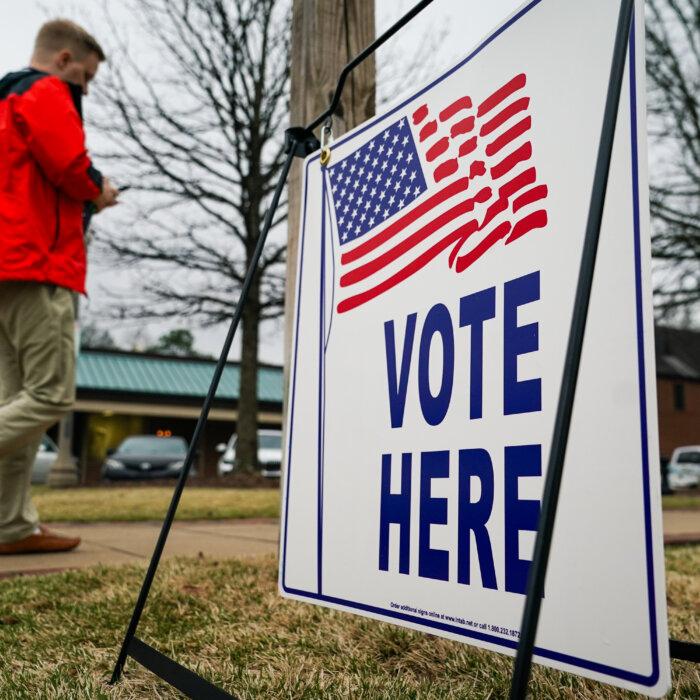Industry giants like Netflix, Hulu, and HBO Max show subscription rates skew Democratic by over 10 percent in some cases. However, Paramount+ emerges as an outlier, boasting a slight conservative majority. An analysis of content libraries might offer some insights. Paramount+, for example, features content like “NCIS” and “Blue Bloods,” along with “Yellowstone” spin-offs.
These findings highlight a potential link between political ideology and streaming service preferences. Further research could explore the underlying causes of this correlation, providing valuable insights for content creators and streaming platforms alike.
The most significant disparities were observed in viewership between Netflix and Hulu. Among Democrats, Netflix had a viewership rate of 68 percent, contrasting with 58 percent among Republicans. Similarly, Hulu had a Democratic viewership of 44 percent compared to 33 percent among Republicans. HBO Max also exhibited a notable gap, with 33 percent of Democrats using the service compared to 20 percent of Republicans.
Interestingly, the study found a deviation from this pattern with Paramount Plus, where 24 percent of Republicans subscribed, slightly surpassing the 22 percent of Democrats. Causality for these preferences was not determined by the survey.
Conversely, Netflix features more LGBT programming, while Hulu and HBO Max are renowned for more left-leaning comedies.
Apart from content preferences, changes in the streaming landscape, including mergers and pricing adjustments, also impact audience decisions on subscription retention or cancellation. In recent years, major streaming services have been consolidating and merging, such as HBO Max and Discovery+ combining forces under Max, and Showtime integrating into Paramount+, among others.
Three of the entertainment industry’s giants—Disney, Fox, and Warner Bros Discovery—have recently revealed their collaborative plans to introduce a joint streaming sports service. This venture aims to consolidate all their sports properties into a single app, offering viewers a comprehensive sports streaming experience. The decision to embark on this venture comes in the wake of dwindling revenue from traditional linear television properties, attributable to transitioning away from traditional cable or satellite TV services and declining viewership across most programming categories, except for live premium sports. Consequently, the demand for rights to broadcast premium sports events continues to soar.
Although specific details such as monthly subscriber costs and the name of the new joint venture were not divulged during the announcement, the launch is anticipated this Fall, strategically timed to coincide with the NFL and college football seasons. Notably, Paramount+, Peacock, Amazon Prime Video, and Apple TV—platforms renowned for streaming premium live sporting events such as the Olympics, Thursday Night Football, and MLS—will not be integrated into this collaborative effort.







